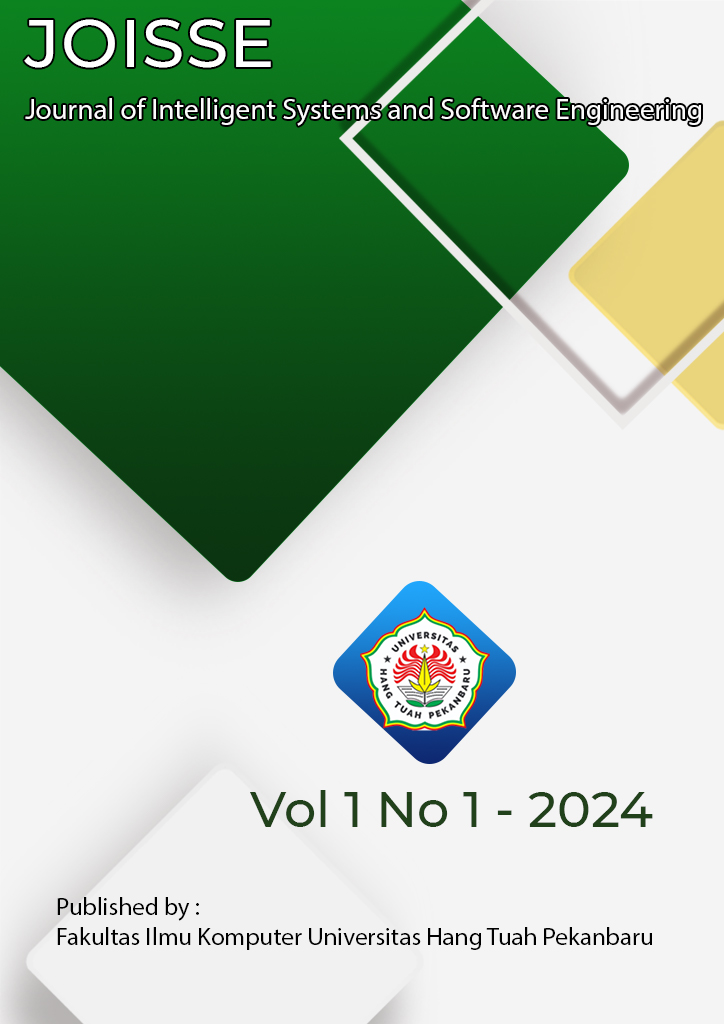ANALYSIS OF K-MEAN CLUSTERING IN GROUPING CHILD MORTALITY RATE IN INDONESIA
ANALISIS K-MEAN CLUSTERING DALAM PENGELOMPOKKAN ANGKA KEMATIAN ANAK DI INDONESIA
https://doi.org/10.25311/joisse/Vol1.Iss1.1813
Keywords:
CMR, K-Means, Cluster, Data Mining, Regencies/CitiesAbstract
The death rate is an indicator of health status in society. One of these indicators is the Child Mortality Rate
(CMR), which reflects environmental health conditions which directly influence children's health levels. The K
Means algorithm divides data into 3 groups (Clusters), namely Clusters 0, 1 and 2 to produce information on
child mortality rates in all districts/cities in Indonesia. This modeling produces 3 clusters, namely cluster 0
(Districts/Cities with Medium Child Mortality Rates) with 124 Regencies/Cities, cluster 1 (Regency/Cities with
High Child Mortality Rates) with 31 Regencies/Cities and cluster 2 (Regency/Cities with High Child Mortality
Rates). Low Child Mortality) 391 Districts/Cities. This clustering produces a Davies Bouldin Index value of
0.493, the center point of Cluster 0 is 2.744, the center point of Cluster 1 is 6.185 and the center point of Cluster
2 is 13.756.
Downloads
Downloads
Published
How to Cite
Issue
Section
License

This work is licensed under a Creative Commons Attribution-ShareAlike 4.0 International License.







